Lake Titicaca is as magical as it sounds, perched up high in the Andes like a beautiful calm freshwater inland sea. It was sacred to the Incas as the birthplace of the world. It’s pretty big. I heard it takes a whole day to travel across it by motorised boat.
There’s a fertile strip of arable land with small farms all along the shoreline before it goes up into the rocky hills. Many of the hillsides are covered in ancient stone wall terracing and the buildings are all made from stone and/or mud brick. The mud brick is seldom painted and if it is it’s usually only on one side. The painted side is often used to display the preferred political candidate or outcome for the next election. The raw mud brick seems unfinished. A lot of South America has this work in progress look.
Lake Titicaca is shared between Bolivia and Peru and we arrived on the Bolivian side, to the charming and pretty town of Copacabana built on a steep bank leading down to the lake. This is a backpacker party town with almost as many tourists as locals.
At first we were quite horrified but it kind of grows on you. The locals are lovely and friendly and seemingly unconcerned by the invasion of their town. Away from the tourist street life appears to go on as it always has.
Apart from the fact that it’s on the way to Peru the main reason to come to Copacabana is to visit the islands in the lake. Isla del Sol (island of the sun) is said to be the home of the sun god and Isla del Luna (island of the moon) the home of the moon goddess. However, there was a national referendum happening in Bolivia and everything shut down for the occasion. All over Bolivia we saw the same graffiti, either ‘Si Evo’ (yes Evo) or ‘No Evo’ often on the same wall. Evo Morales is the current President and is (mostly) very popular, partly because of his indigenous heritage but also because of his socialist policies that have seen real results in combating inequality and poverty. Unfortunately as power corrupts he seems to have recently been involved in some corruption scandal. The referendum was about whether he should be allowed to amend the constitution so that he could run for another term (he lost).
Anyway, of more immediate impact on us, this meant no boats were going to the islands. We heard that one boat was going on the Sunday so we booked a ticket and arrived bright and early to catch it, along with at least a hundred other tourists. There’s no way we were all going to fit on that little boat. We all lined up at the dock and waited patiently in the queue (except for a few queue jumpers but we soon sorted them out) as they kept cramming people into the boat. Finally not one more person could fit and they closed it off. We were the first people to not get on. “No more boats” they said, “go home”. Damn. Ok. Off we all go to the boat office to get a refund. No refund, you have to go back to the agent you bought it from. Ok. Off we go again. After much squabbling and retracing of steps we locate the one agent amongst many where we bought our ticket. Uhoh. Closed. We didn’t have much hope of getting our money back but surprise surprise next time we walked past it was open and they were very happy to provide a refund. No hassle, no argument. So we didn’t get to visit the islands of the sun and moon but we did leave Copacabana with a happy feeling inside.
It was a relatively quick and easy crossing over the border and into Peru. We’ve been roughing it a bit lately so decided to stay at a slightly more upmarket apartment in Puno, our first stop in Peru on Lake Titicaca. Our apartment was right up the top of town with amazing views through big glass windows of the lake. No doubt there were a million other tourists downtown but we were a world away.
The highlight of our stay in Puno was a trip out to the floating reed islands of Uros. The people of Uros are a distinct pre-Incan cultural group who speak Aymara (most surrounding indigenous groups speak Quechua, the language of the Incas). There are a couple of thousand Uru, many of whom still live on the floating reed islands they have created in Lake Titicaca, where they’ve lived for about 3000 years. Their oral history says that they left the mainland to escape human sacrifice. They are some of the warmest, friendliest and nicest people I’ve ever met. Each island has just a few families and is totally autonomous. They take it in turns to be the island president for a year. The president’s job is purely administrative. They organise who cuts the reeds, who goes fishing, who repairs the island and so on. Some islands have decided to accept tourists on a rotating basis. The money from tourism allows them to buy things like solar panels, additional food items, clothing, motor boats and plastic waterproofing for their houses. They make everything out of reeds including the islands they live on and their gorgeous boats. They have traditionally traded fish with the mainland for the bright dyes they use in their clothing. They are wonderful people.
We also visited the island of Taquile where the inhabitants live traditionally. They have some fascinating customs. They carry their coca leaves in beautifully woven bags they carry at their waists and when they meet each other they greet by placing a handful of leaves in each other’s bag. The women are exclusively responsible for spinning, dying and weaving and only the men do the knitting. They start at the age of eight and everywhere on the island you see them practising their craft. The island is run as a community collective and everything is shared. We have a lot to learn from indigenous cultures, although no doubt I would demand to knit.
Andahuaylillas on the way to Cusco is a very strange place. It has possibly one of the most gaudily beautiful things I’ve ever seen – the church of San Pedro. Known as the Sistine Chapel of the Americas it’s quite unassuming on the outside but inside, just wow. It’s not allowed to take photos inside but you can get an idea here. A Google search will bring up other photos.
Next door to the amazing church in Andahuaylillas is a collection of skeletons with elongated skulls. Apparently about 300 were found, some with red hair, and dated to around 3000 years ago. The skulls are much larger than human ones which rules out head binding as found in other parts of the world. Supposedly DNA testing says they are not human. Weird shit.
Cusco was the heart of Inca culture and believed to be the ‘navel of the world’. It’s a lovely city, teeming with tourists and colonial Spanish plazas and churches – all built on (and out of) the Inca foundations. Of course, the Inca city itself was built on the foundations of the previous ancient cultures. Everywhere there is a diversity of indigenous peoples in a variety of colourful traditional clothing. In fact throughout this whole region.
Cusco has its own internal timeless buzz overlaid with all the tourist things you find on holiday – vegan restaurants, cheap massages and colourful souvenir markets. The shopping is wonderful. For the first time in South America I wish I had the financial and carrying capacity to do some serious shopping. We’ve seen a few quirky things in Cusco, like the occasional sheep or llama taking themselves for a walk down the main cobbled pedestrian street or a couple of Labradors with glasses drawn on in marker pen. Cusco definitely has a spot on our list of places we could happily live.
We got a lift from Cusco up to Ollantaytambo to catch the train to Machu Picchu. I booked the cheapest train tickets online the night before but lo and behold when we arrived at the train station we were told “Congratulations Madam, you have a free upgrade to first class, compliments of Inca Rail”. Woohoo! Luxury is fun! So we sat in our big comfy chairs watching the spectacular Andean scenery roll by, drinking free Pisco Sours (the Peruvian national cocktail) and being served a three course meal. Thinly layered potato bake in gooseberry sauce may just be the best thing ever.
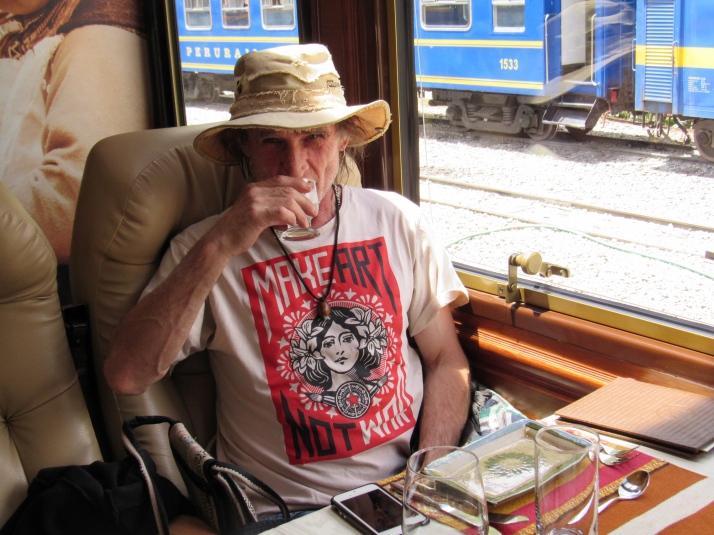
Actually the food in Peru is excellent. It’s such a relief after the pretty awful food in the southern countries. A typical meal in Chile, Argentina and Uruguay is meat, meat or meat with horrible soggy fat chips or boring pizza or pasta with no herbs, spices or flavouring. A nightmare for us vegetarians. Paraguay was a bit better because at least there were fresh vegetables. Bolivia was a huge improvement with fresh vegetables AND flavour but Peru is by far the best yet. Now we have choices – lots of grains, including at least eight different types and colours of corn, a range of beans and loads of vegetables, all cooked in new and exciting ways. Eating is an adventure again.
Anyway, back to the train…we were even given presents as we alighted at Aguas Caliente, the little town at the bottom of Machu Picchu. What a crazy little town built into the steep mountain side – totally touristy but still groovy. When I asked where to find a taxi they just laughed. Turns out there’s no way to reach your hotel except to haul your luggage up the steep hill with uncountable steps from the train station. This is one of the many times I’ve been so glad my backpack has wheels.
The plan was to get up early the next morning and catch the 5.30am bus up to Machu Picchu to see the sunrise and beat the tourist rush. When we woke up it was pouring rain. We rolled over and went back to sleep. Consequently, by the time we got there it was crawling with tourists – but it still took our breath away. It’s not that old comparatively (500 years) but it is SO beautiful. A fantasy stone city on a magical pointy mountain peak. Described as the ‘lost city of the Incas’ it wasn’t really lost because the locals knew it was there, but lost to the outside world until rediscovered in 1911. It’s well worth the big climb up and up (more than 200 steps) to see it in all its splendour. To be honest I’ve just about had enough of all this high altitude, steep hillside, up and down, thousands of steps business. I’m looking forward to soon leaving the Andes behind and getting back down to lower ground.
There are more Bolivia photos here and more Peru photos here.


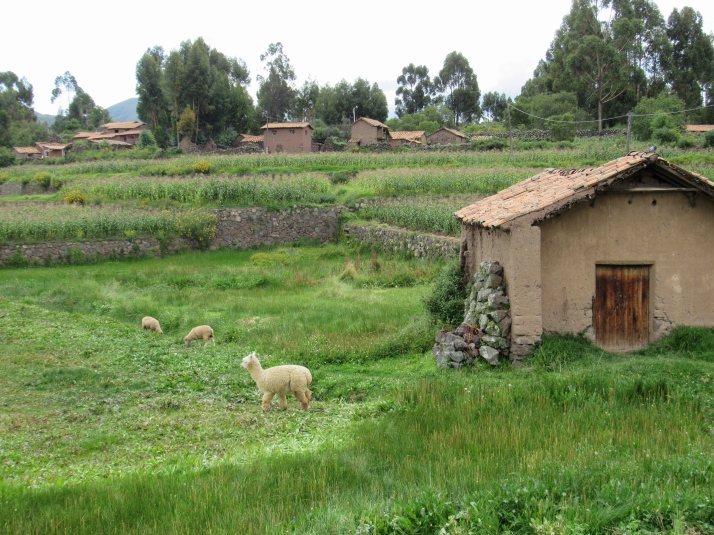

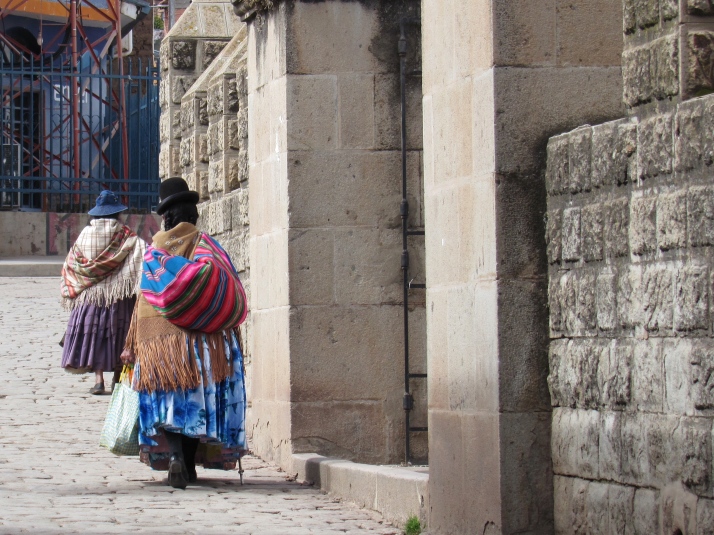
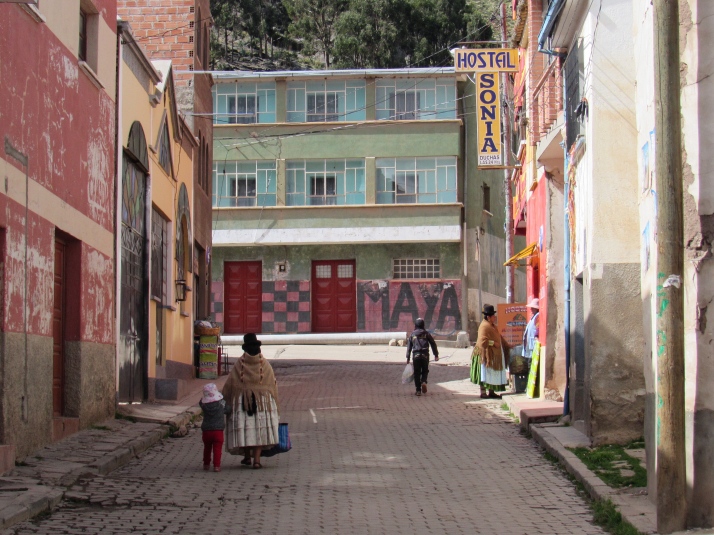


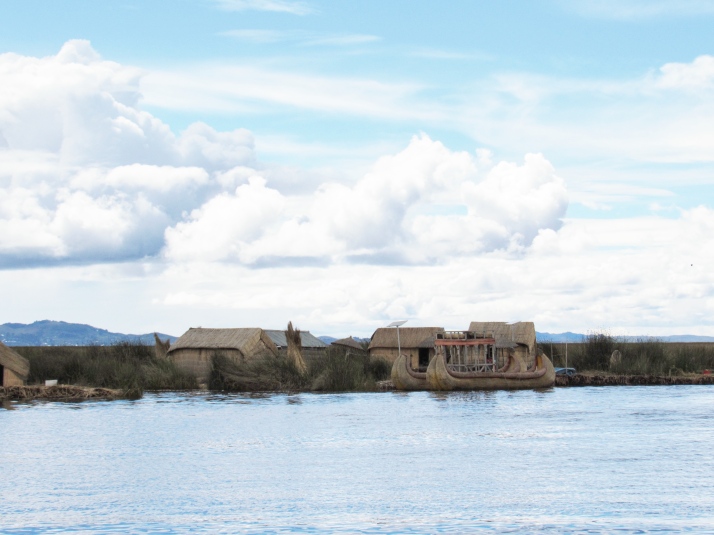


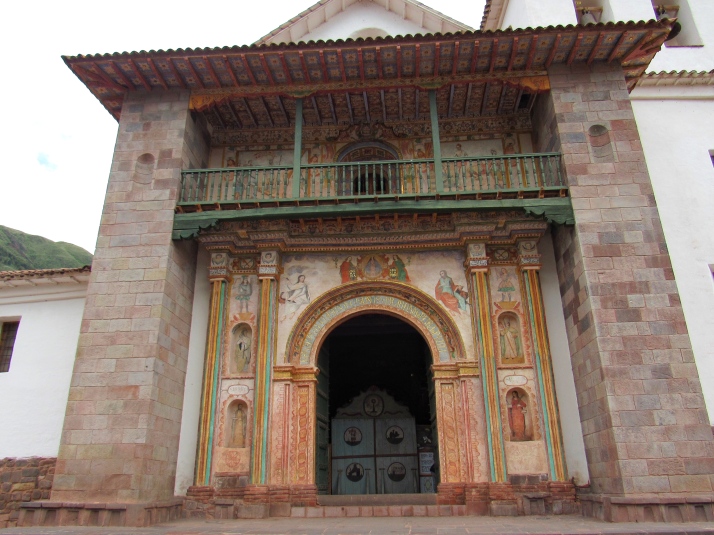

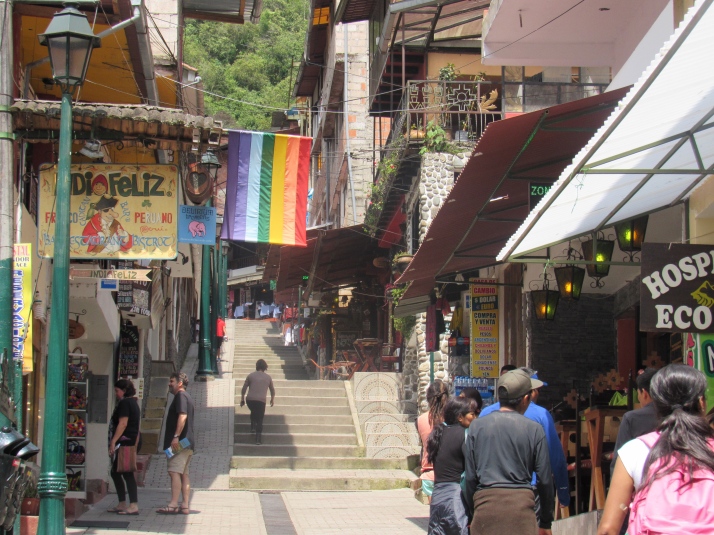

What a wonderful experience, glad those queue jumpers were sorted, you have inspired me to visit these places x
LikeLike
Great Lisa! Do it 🙂
LikeLike
Amazing Jeanne!
LikeLike
Totally amazing place M!
LikeLike